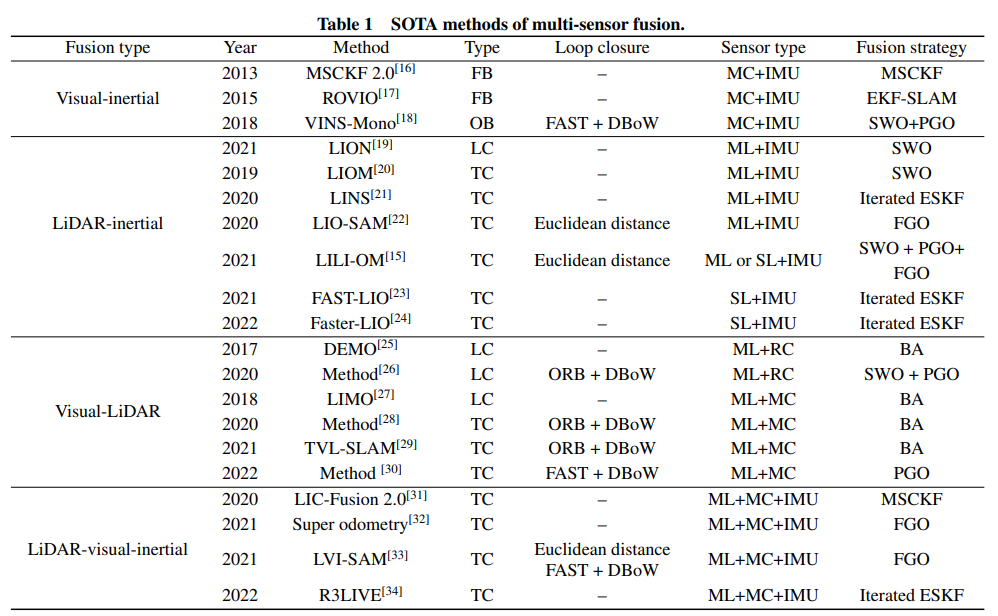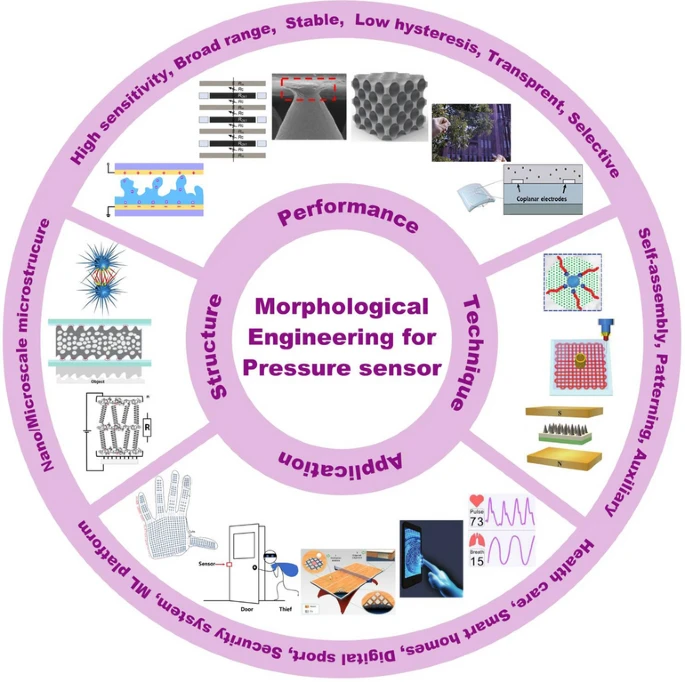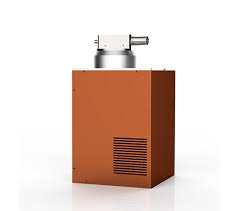Designing system-on-chip (SoC) solutions for network cameras requires a multidisciplinary skill set, spanning advanced process technologies, low-power design, processor architectures, image processing, video compression, network communication, and embedded systems. This article explores the key challenges and technical complexities faced by engineers in this field.
Core Competencies for Image SoC Architects
Image SoC architects must master several technical domains to deliver high-performance, efficient chips for network cameras. These include:
- Processor Architectures: Understanding architectures like ARM Cortex-A55 and RISC-V, and their applications in embedded systems.
- Low-Power SoC Design: Proficiency in SoC principles, including memory management, bus architectures, and peripheral interfaces, with a focus on minimizing power consumption.
- Image Sensor and Processing: Knowledge of CMOS image sensor architectures and integrated image signal processing (ISP) for lightweight image enhancement.
- Video Compression: Expertise in standards like H.264 and H.265/HEVC, optimizing data compression and video quality.
- Network Communication: Familiarity with IP protocol stacks (TCP/IP, HTTP, RTSP/RTP) and wireless technologies like Wi-Fi and Bluetooth.
- Embedded Systems: Skills in configuring and optimizing embedded operating systems (e.g., Linux, RTOS) and developing firmware, drivers, and application software.
- Advanced Process and Low-Power Techniques: Application of power management strategies, such as clock gating and dynamic voltage and frequency scaling (DVFS).
- Project Management: Ability to manage project timelines, resources, and risks while collaborating with cross-functional teams.
Image Signal Processing (ISP) Algorithms
ISP algorithms process raw data from image sensors to produce high-quality images under varying optical conditions. These algorithms significantly influence camera performance and include:
Basic Image Processing
- Linear Correction: Compensates for distortions caused by lens or sensor imperfections.
- Noise Reduction: Removes random noise using techniques like mean or Gaussian filtering.
- Defective Pixel Correction: Identifies and corrects defective sensor pixels causing unnatural bright or dark spots.
- Interpolation: Reconstructs missing color data, typically for Bayer filter arrays.
Color Processing
- Automatic White Balance (AWB): Adjusts color temperature to ensure accurate colors under different lighting.
- Color Correction Matrix (CCM): Corrects color deviations for natural and accurate hues.
- Demosaicing: Interpolates Bayer filter data to reconstruct full RGB color information for each pixel.
Exposure and Contrast Processing
- Automatic Exposure (AE): Dynamically adjusts exposure parameters (shutter speed, aperture, ISO) based on scene brightness.
- High Dynamic Range (HDR): Combines multiple exposures to capture details in both bright and dark areas.
- Gamma Correction: Adjusts brightness curves to align with human visual perception.
Advanced Image Enhancement
- Sharpening: Enhances edge details to improve visual clarity.
- Advanced Denoising: Applies algorithms like bilateral filtering or 3D denoising to remove noise while preserving details.
- Lens Shading Correction: Compensates for brightness variations at image edges due to lens effects.
Special Effects and Filters
- Tone Mapping: Adjusts color and contrast for specific visual effects.
- Filters: Applies preset or custom filters to alter image style or mood.
AI-Based ISP
Machine learning and deep learning enable automatic parameter optimization, significantly improving image quality, especially in low-light conditions where noise reduction is critical. AI-driven ISPs outperform traditional methods, offering enhanced robustness through data augmentation techniques that generate diverse image samples for algorithm training.
ISP implementation combines dedicated hardware (e.g., image processing chips) and software (e.g., ISP firmware and drivers). Ongoing advancements in ISP algorithms address increasing demands for superior image quality and functionality.
Video Compression Techniques
Video compression is critical for efficient storage and transmission in network cameras. Key standards like H.265/HEVC offer superior compression and quality compared to H.264. Key components include:
- Intra Prediction: Reduces spatial redundancy using multiple prediction modes, implemented via configurable state machines in hardware designs like Verilog.
- Inter Prediction: Uses reference frames to predict current frames, requiring motion estimation modules to compute motion vectors.
- Transform and Quantization: Converts image blocks to the frequency domain using discrete cosine transform (DCT) and reduces coefficient precision for compression.
- Entropy Coding: Further compresses data using context-adaptive binary arithmetic coding (CABAC).
- Deblocking Filter: Smooths block boundaries to reduce artifacts, implemented as a hardware filter.
- Sample Adaptive Offset (SAO): Enhances coding efficiency by adjusting pixel values based on local image characteristics.
Conclusion
Designing image SoCs for network cameras is a complex task requiring expertise across multiple disciplines. Architects must balance performance, power efficiency, and cost while integrating advanced image processing, video compression, and communication technologies. Mastery of these areas, combined with practical experience and continuous learning, is essential for success in this field, particularly in applications like intelligent surveillance and the Internet of Things.
 ALLPCB
ALLPCB






